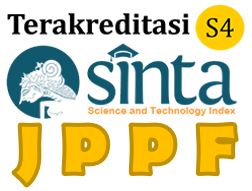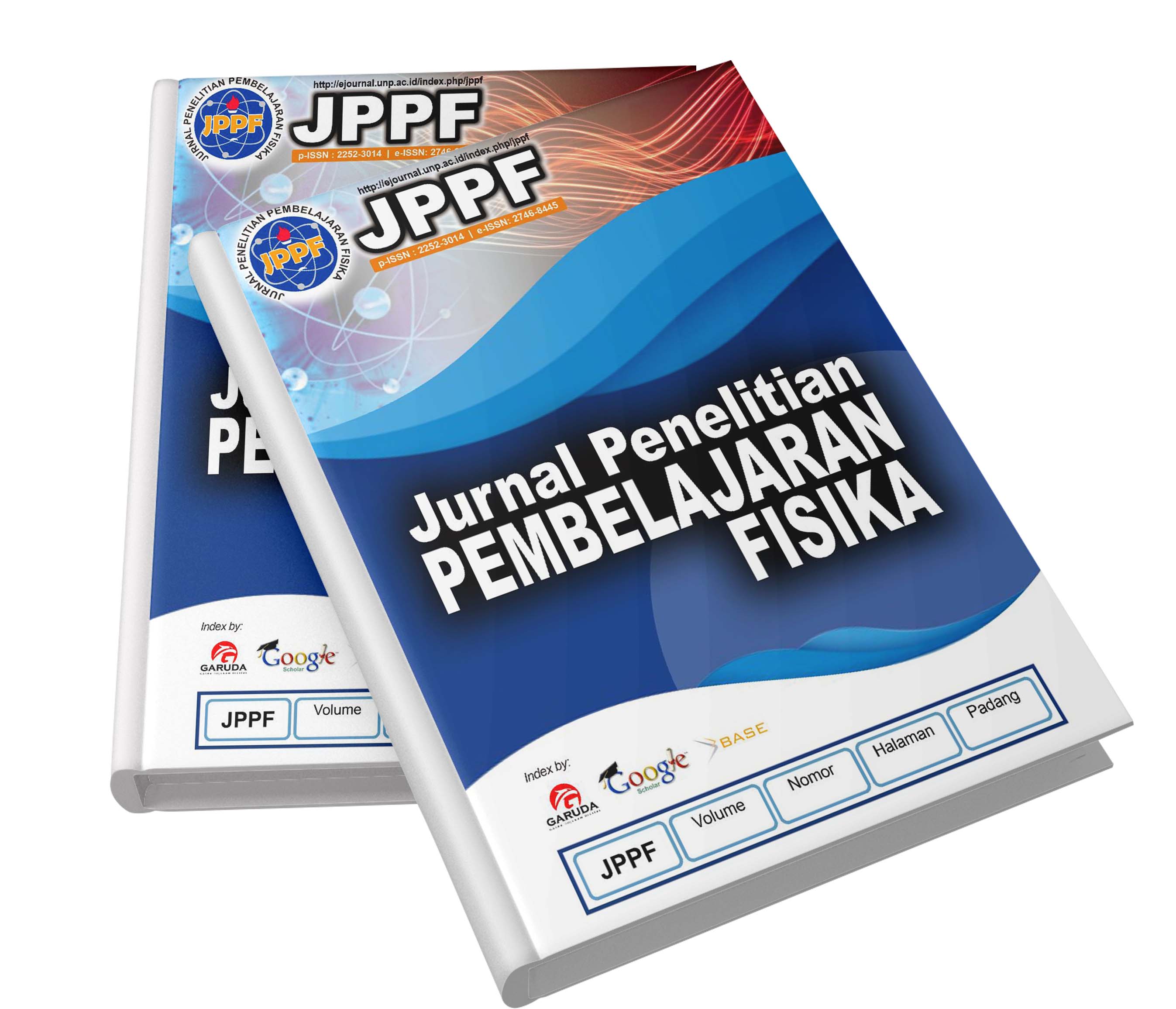Abstract
The 2013 education curriculum suggests providing space for the development and implementation of modern education such as a STEM-based educational approach (Science, Technology, Engineering, and Mathematics). The type of research used is journal analysis. Research data collection was carried out by researchers by browsing articles contained in online journals. The journals analyzed in this study amounted to 20 journals published in 2016-2020, with details of 6 international journals and 14 national journals. The effect of STEM learning on science and physics subjects at high school education with an effect size of 0.20, at junior high school level with an effect size of 0.75 and having an effect on elementary education with an effect size of 0.85.The effect of STEM learning on science and physics subjects based on the model shows that the PPA learning model effect size is 0.62, the PBL model effect size is 0.58, for inquiry learning model the effect is 0.61.The effect of STEM learning on science and physics subjects based on the competencies achieved, it was found that the ES score for critical thinking achievement was 0.27, ES creative thinking was 0.81, ES critical thinking was 0.81, and for problem solving the ES score was 0.58.




